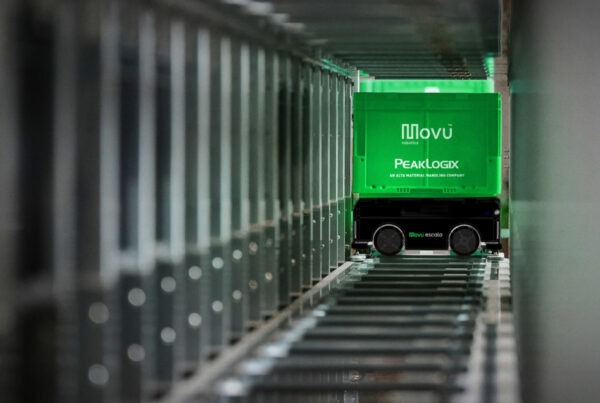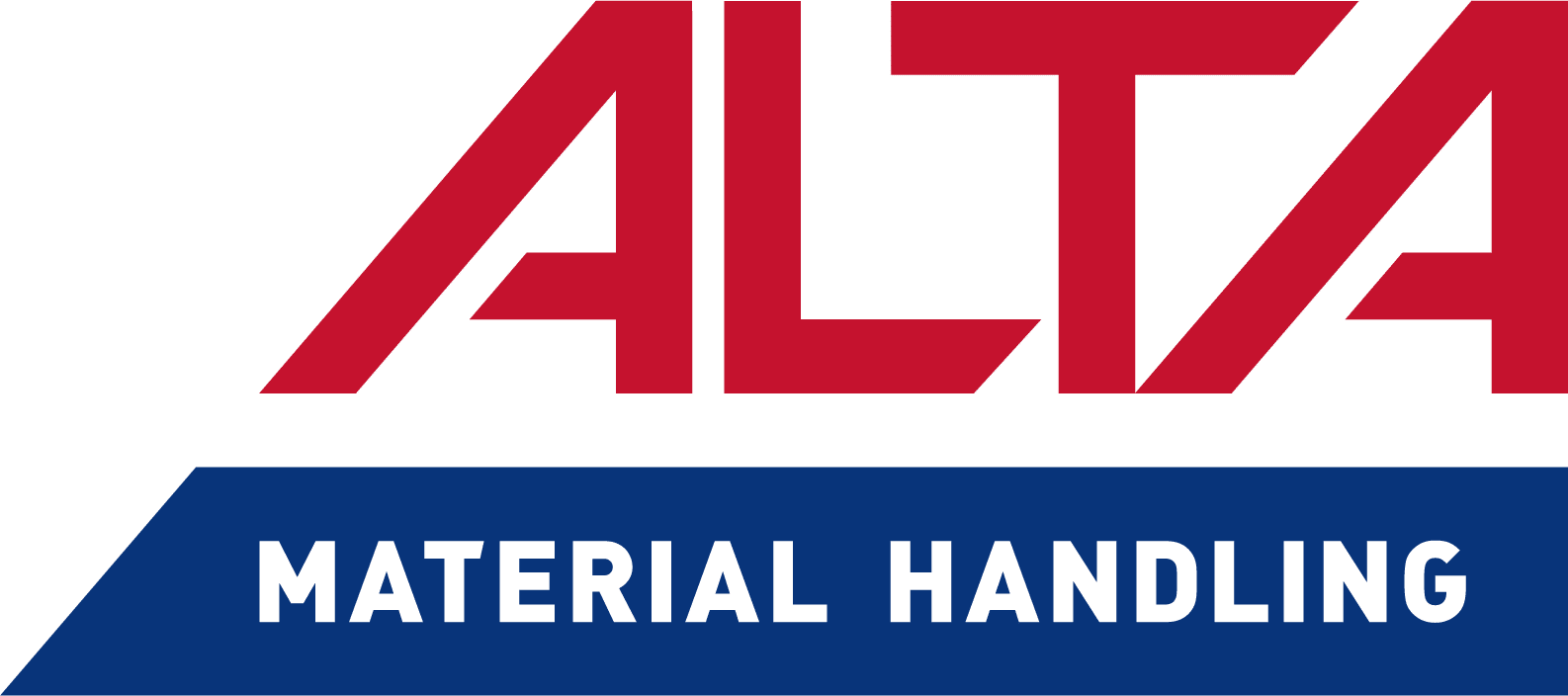
Although the regulations are generally similar to those in the USA, there are key differences that every warehouse manager should understand. In this post, I’ll share what I’ve learned about these requirements to help you ensure safety, productivity, and compliance in your warehouse operations.
In the warehouse industry, ensuring racking systems meet legal and safety standards is crucial. Non-compliance can result in fines, operational delays, and serious safety risks. As businesses operate across borders, understanding the racking requirements in both the USA and Canada can help streamline operations, mitigate risks, and maintain productivity.
Similarities Between the USA and Canada
1. OSHA and OHSA Compliance
Both the USA and Canada have rigorous safety standards that mandate regular inspections, proper training, and adherence to industry guidelines. OSHA (Occupational Safety and Health Administration) in the USA and OHSA (Occupational Health and Safety Act) in Canada set the foundation for racking safety, ensuring that all warehouses are maintained and operated in a manner that reduces risk to workers.
ANSI and CSA Standards
| Standard | Country | Description |
| ANSI MH16.1 | USA | Design, testing, and utilization of industrial steel storage racks |
| CSA A344 | Canada | Design, construction, and installation of steel storage racks |
The design and construction of industrial steel storage racks must adhere to specific standards in both countries. These standards guide the testing, utilization, and installation of racking systems to ensure durability and safety.
– USA: [ANSI MH16.1 Standard](https://www.mhi.org/ansi) covers the design, testing, and utilization of industrial steel storage racks.
– Canada: [CSA A344 Standard](https://www.csagroup.org/) governs the design, construction, and installation of steel storage racks.
3. Load Capacity and Signage
Both countries require warehouses to display clear load capacity signage, ensuring that racks are not overloaded and that rated capacities are strictly followed.
Key Differences Between the USA and Canada
While the overall goals of racking systems—safety and efficiency—are the same, there are some significant differences in how these goals are regulated and enforced.
1. Rack Configuration and Layout
The dimensions of racks can vary slightly between the two countries due to differences in measurement systems and standards.
Rack Configuration and Layout
| Country | Single-Depth Racks | Double-Depth Racks |
| USA | 36-48 inches deep, 96-120 inches tall, 40-60 inches wide | 72-96 inches deep, 96-120 inches tall, 40-60 inches wide |
| Canada | 900-1200 mm deep, 2400-3000 mm tall, 1000-1500 mm wide | 1800-2400 mm deep, 2400-3000 mm tall, 1000-1500 mm wide |
2. Aisle Width Requirements
Aisle width requirements also vary between the two countries, with Canada generally mandating slightly wider aisles for maneuverability and safety.
Aisle Width Requirements
| Country | Single-Depth Racks | Double-Depth Racks |
| USA | 30 inches (76 cm) minimum | 48 inches (122 cm) minimum |
| Canada | 1.2 meters (47 inches) minimum | 1.5 meters (59 inches) minimum |
3. Seismic Requirements
Seismic requirements are another key area of difference, particularly in earthquake-prone regions.
Seismic Requirements
| Country | Seismic Requirements |
| USA | Stricter seismic requirements, particularly in earthquake-prone regions like California |
| Canada | Seismic regulations vary by province, with British Columbia and Quebec having more stringent requirements |
– USA: The USA, especially in regions like California, enforces stricter seismic requirements. These regulations mandate the use of reinforced racking systems with enhanced stability and seismic bracing to withstand earthquakes.
– Canada: Seismic requirements vary by province. British Columbia and Quebec, for example, have more stringent regulations due to higher earthquake risks.
4. Inspection and Maintenance
In terms of maintenance, both countries emphasize regular inspections, but the specifics differ slightly.
Inspection and Maintenance
| Country | Inspection Frequency | Maintenance Records |
| USA | At least every 6 months | Required |
| Canada | Regular inspections emphasized | Not specified |
While the USA has clear guidelines from OSHA for maintenance intervals and record-keeping, Canadian regulations are less specific. However, adopting a bi-annual inspection schedule, similar to OSHA guidelines, is highly recommended to ensure safety and compliance.
5. Certification and Training
Another major difference lies in the certification and training requirements for racking system installers and operators.
Certification and Training
| Country | Certification | Training |
| Canada | Required for installers and operators | Recommended |
| USA | Not mandatory | Recommended by OSHA |
In Canada, certification is mandatory for those who install and operate racking systems, ensuring that workers are trained in proper techniques to avoid accidents. In the USA, certification is not required, but OSHA strongly recommends that workers be properly trained.
Conclusion
Understanding the similarities and differences in racking requirements between Canada and the USA is critical for warehouse managers and industry professionals. By ensuring compliance with both OSHA and OHSA, as well as adhering to ANSI and CSA standards, warehouses can operate efficiently and safely, while avoiding costly fines and downtime.
By recognizing the similarities and key differences between these two countries’ requirements, businesses can stay ahead of regulatory demands, improve safety, and enhance productivity in their warehouse operations. Let PeakLogix help you optimize your racking systems for compliance and efficiency across borders.
To ensure compliance and optimize safety in your warehouse, consider scheduling regular racking inspections, updating load capacity signage, and seeking professional advice for regions with strict seismic requirements. For assistance in navigating these standards or to schedule a consultation, contact us today.





